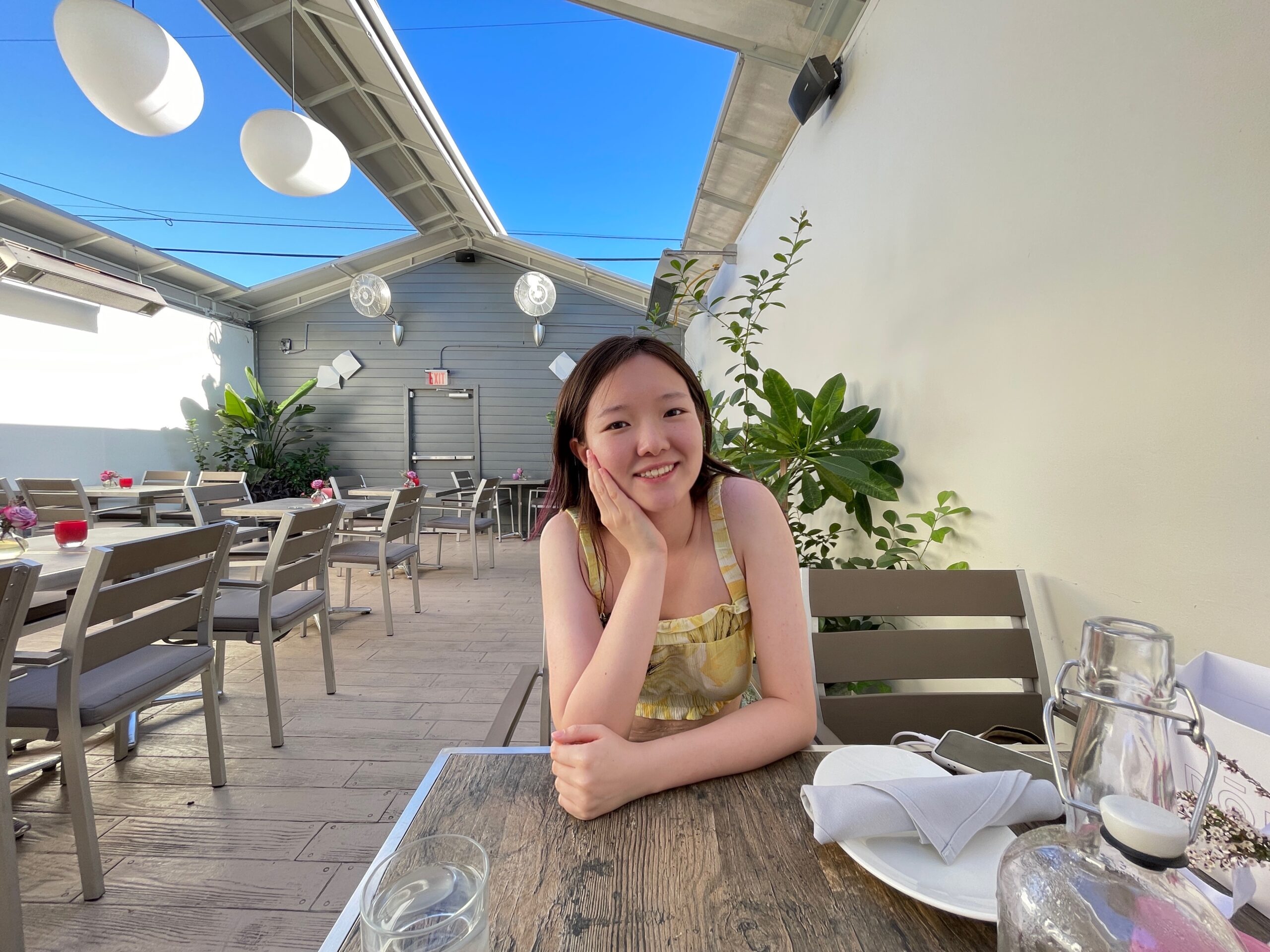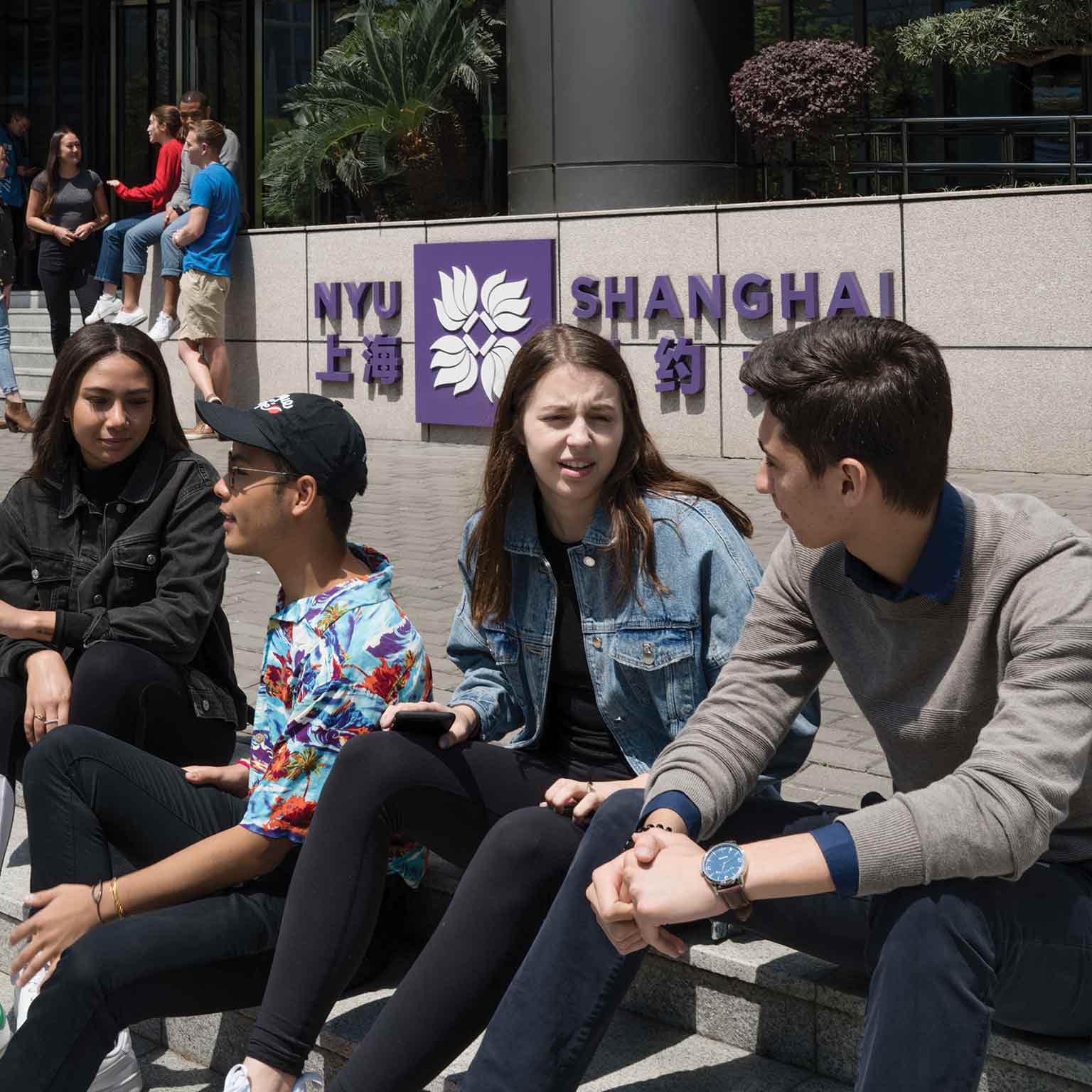Published December 07, 2023
Study at NYU Shanghai: A Guide to the Campus and the City
While embarking on a year-long study away journey at NYU Shanghai, I’ve immersed myself in a vibrant educational and cultural experience. My time here has been enriching and transformative, from exploring the modern campus in the heart of Shanghai’s Pudong District to engaging in diverse student clubs and navigating bustling city life. I’ll share insights into campus life, academic offerings, and the dynamic urban environment of Shanghai, offering a glimpse into life as a student there.
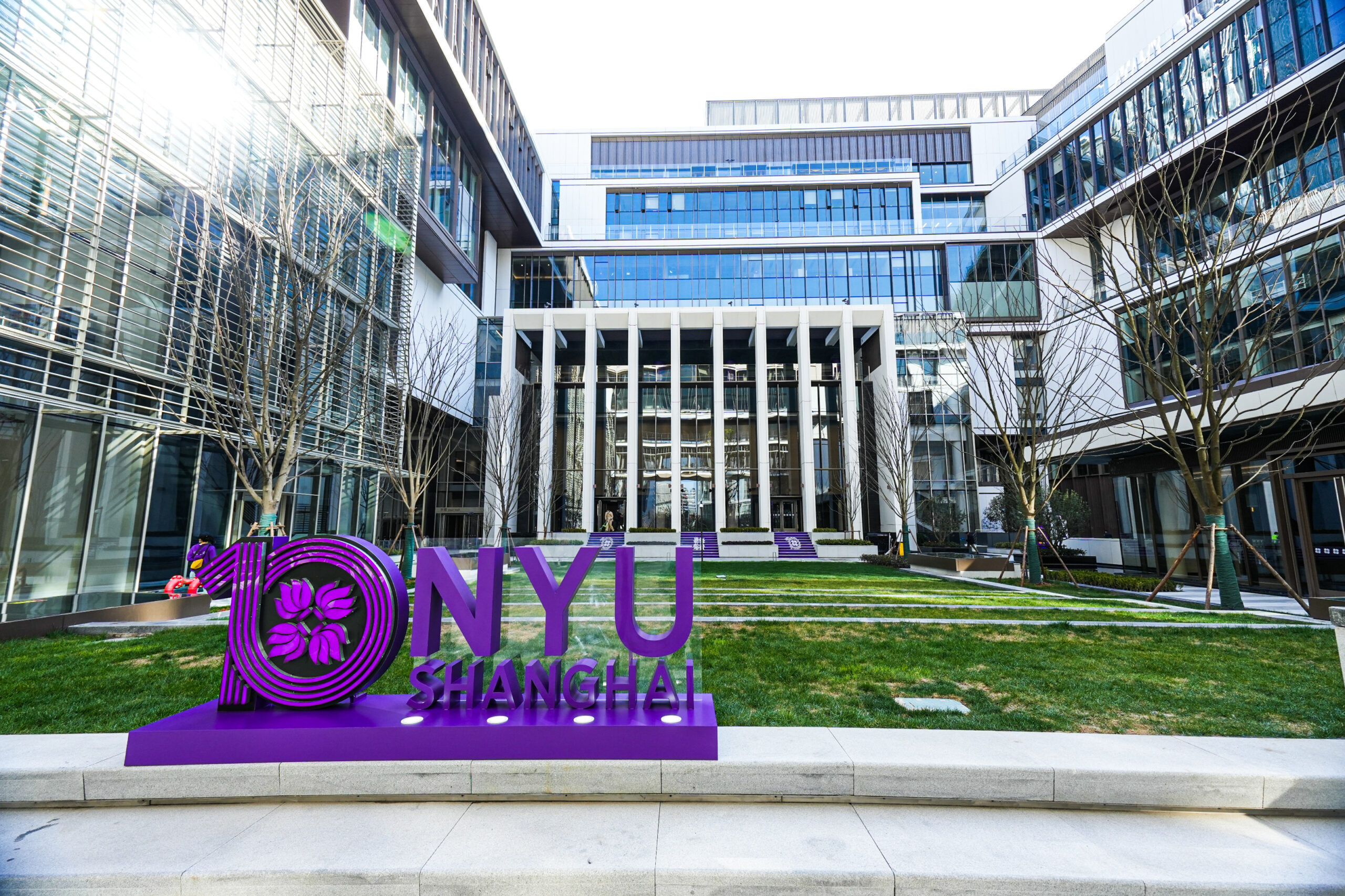

Campus
NYU Shanghai moved to its new campus in the Qiantan area of Pudong District, Shanghai, in 2023. This area is close to the city’s new finance and technology hub. The campus has a 9-story Academic Building, reachable by subway, bus, car, or bike. It features a 600-seat auditorium, 78 seminar rooms, and lecture halls with modern digital tools. There are labs for different studies, a large 5,000-square-meter library linked to NYU’s global resources, and a two-level reading hall and colloquium.

The campus also has a big courtyard, a top-notch recital hall, a black box theater, an institute of contemporary art, interactive media art, visual art, dance and music studios, and a 4,000-square-meter sports center. These facilities support a comprehensive university experience for students at NYU Shanghai.
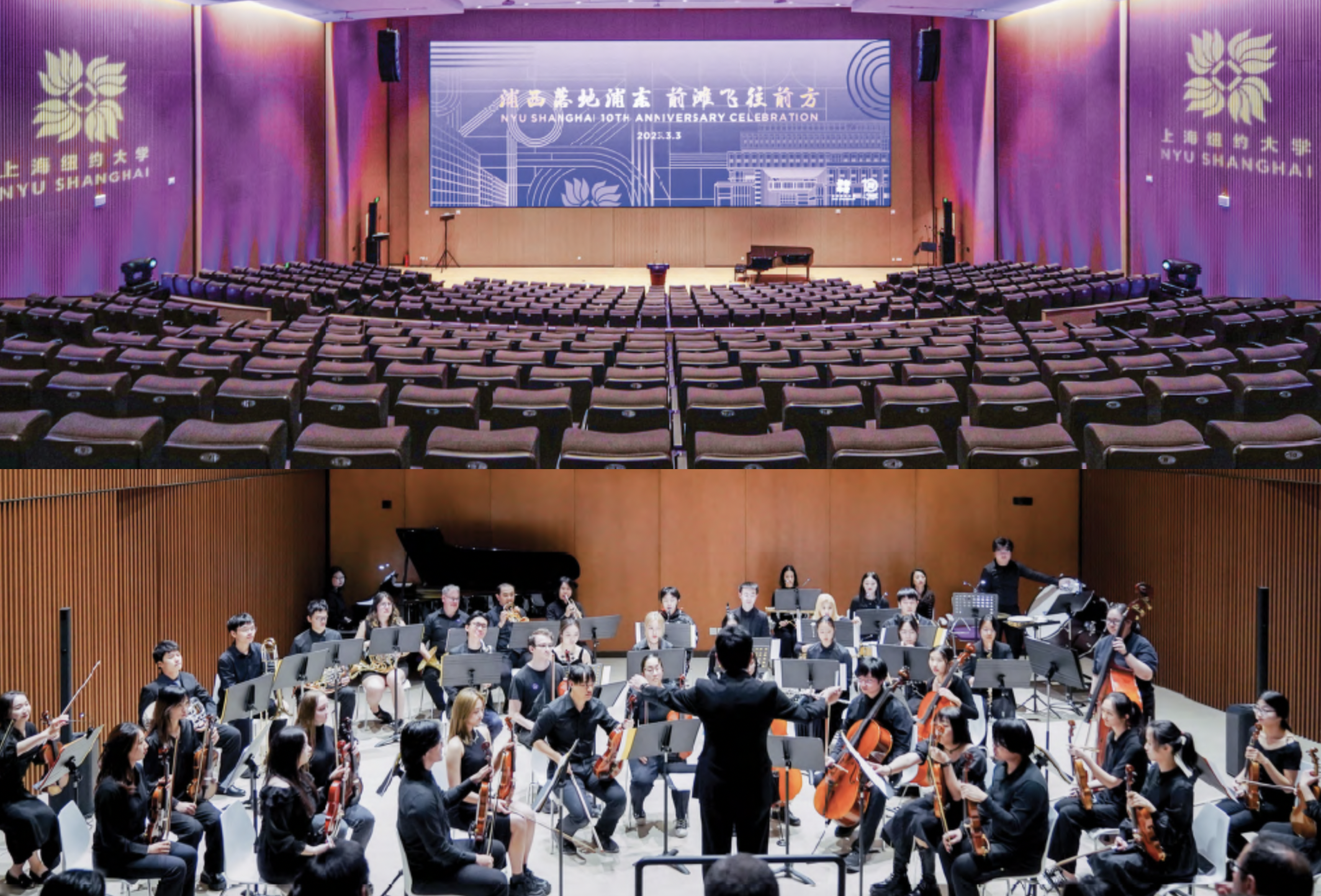
NYU Shanghai has around 1800 undergraduate students in total. So, the number of students per graduation year level is less than 500. It feels like a tight-knit community with the vibe of a small liberal arts university. It is easy to make friends at NYU Shanghai because you will get to know many students just by spending enough time here. Within walking distance of the campus would be the beautiful Huangpu River, several parks, sports centers, shopping malls, convenience stores, restaurants, and performance arts centers.
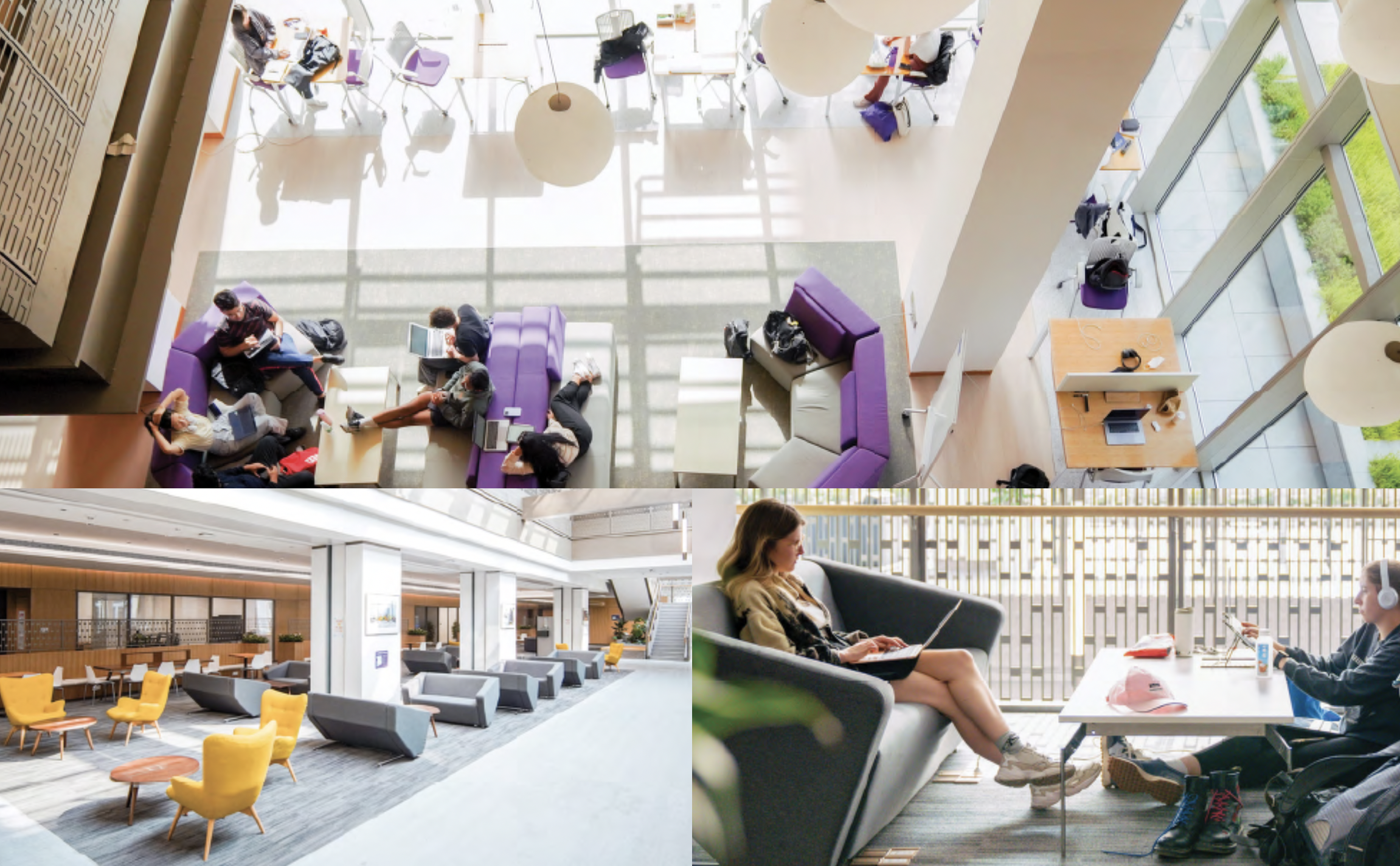
Click here for a thorough 3D virtual tour of NYU Shanghai Campus!

Resident Halls
The Jingyao Residence Halls are situated in the Houtan area of Pudong District, just a 10-minute shuttle bus journey from the campus. These shuttle buses are timed according to the academic calendar and operate throughout the school year. Besides the shuttle service, there are metro stations and bus stops nearby, linking the students to the wider Shanghai area. The Residence Halls are close to economical eating places like business malls, food courts, and restaurants.
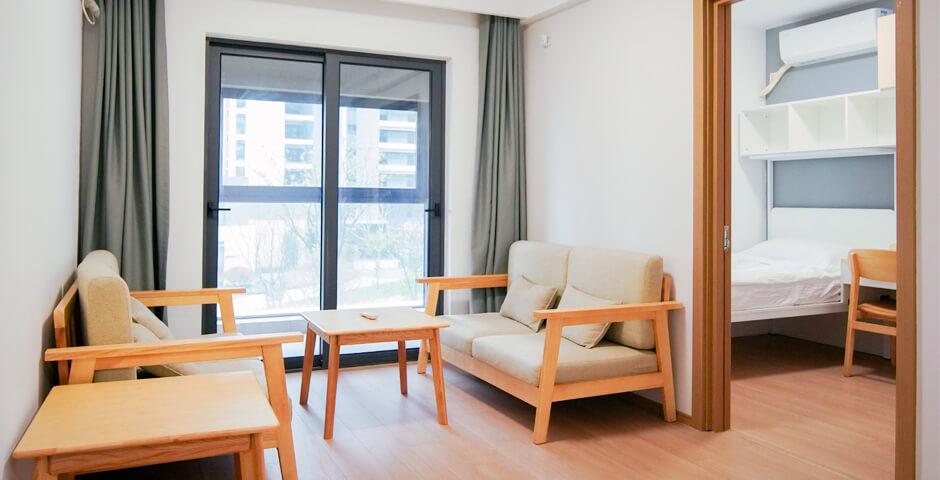
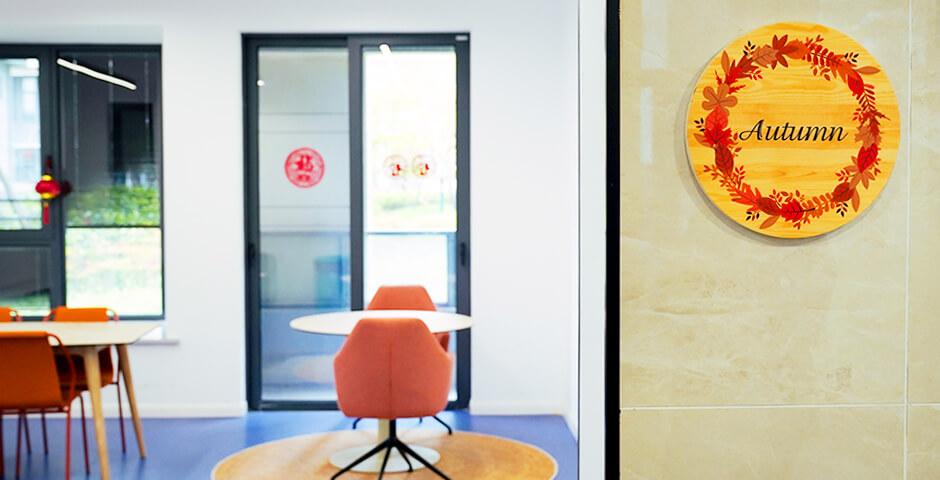
Each room in the Residence Halls has Wi-Fi, air conditioning, a washing machine and dryer, a private bathroom, and a kitchen. The halls also feature a resource center, professional live-in staff, and resident assistants. Roommates are chosen from different countries, fostering a multicultural and international atmosphere. Students can choose from single, double, or triple rooms. Those living on campus can use the common rooms, equipped with facilities such as an iMac lab, printer, and shared microwaves, suitable for studying, meetings, and relaxation.


Click here for a thorough 3D virtual tour of NYU Shanghai Residence Hall!

Classes
NYU Shanghai offers majors including: Biology, Business, Chemistry, Computer Science, Computer Systems Engineering, Data Science, Economics, Electrical and Systems Engineering, Global China Studies, Mathematics, Humanities, Interactive Media Arts, Mathematics, Neural Science, Physics, and Social Science.
There are also minors including: Chinese, Creative Writing, Creativity + Innovation, Genomics and Bioinformatics, History, Literature, Molecular and Cell Biology, Philosophy, and Social Science.

There are many fun elective classes, including chorale, music, dance, etc. While studying away at NYU Shanghai, I enrolled in chorale and piano classes. We learned new piano and chorale pieces each week and rehearsed within class. At the end of the semester, we get to perform in end-of-semester concerts and recitals and at the commencement ceremony.
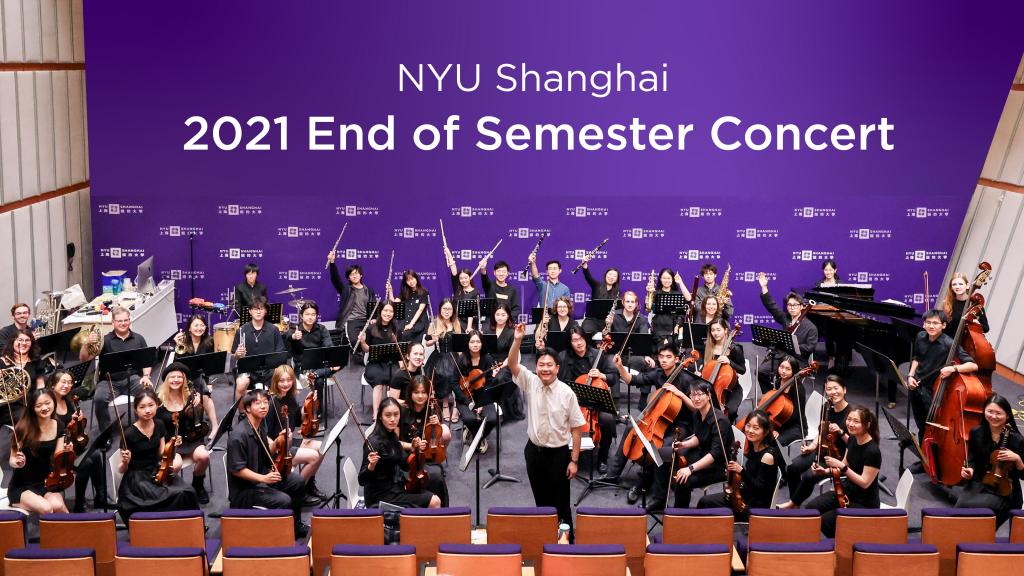
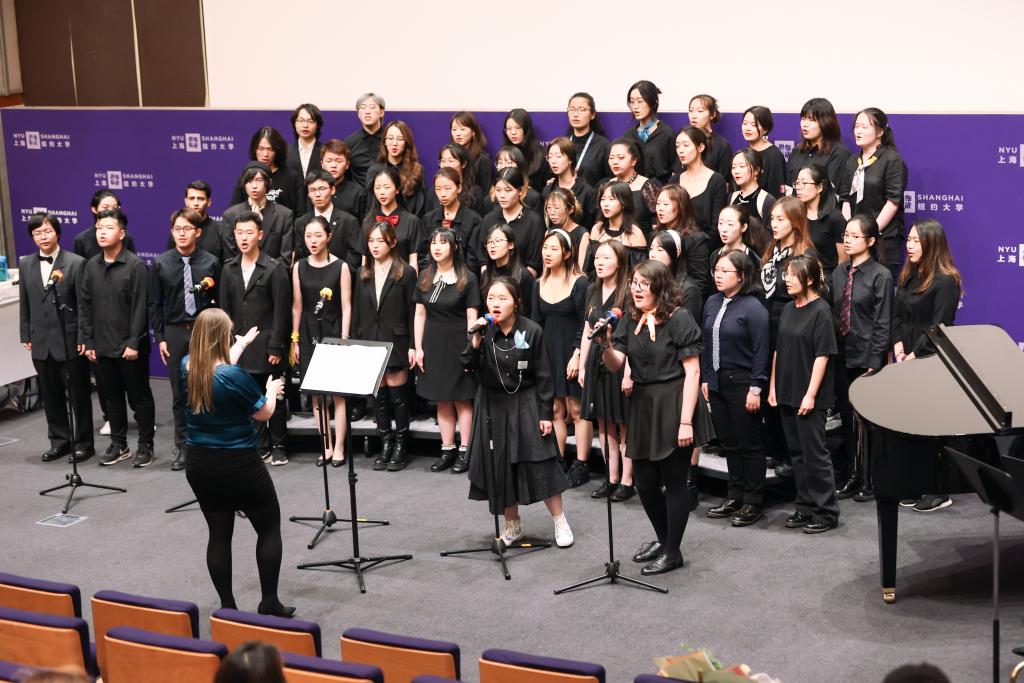
Clubs
At NYU Shanghai, student clubs and organizations cover a wide range of interests. This includes groups like the Student Government, Model United Nations Club, and the Thespians Theatre Club. They are key in developing student leadership skills and fostering a sense of community. The university supports over thirty student-led clubs in areas from academics to performing arts to social initiatives, catering to diverse interests whether cultural, political, or social.
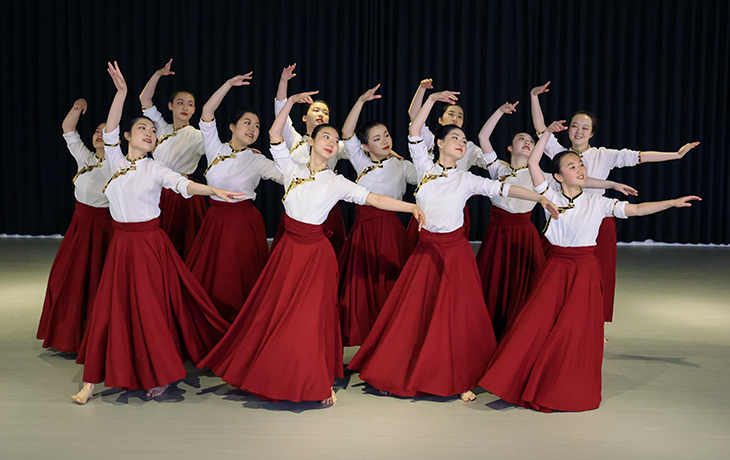
A friend of mine at NYU Shanghai was part of the film club “24 Frames”. Every September, they host a 24-hour film marathon competition, “One in 24”. In this event, students receive a film prompt on the day and have to create a short film with their team in 24 hours.
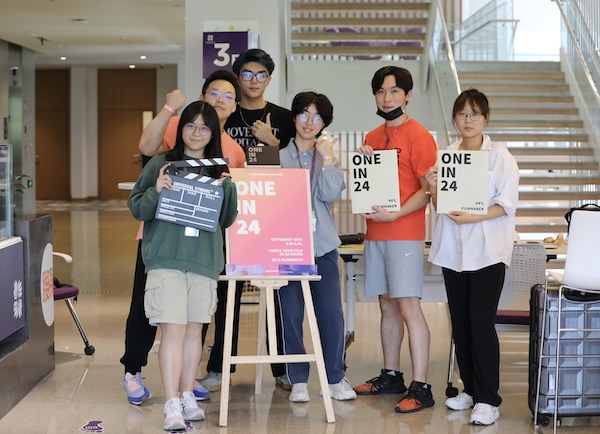
During my study away at NYU Shanghai, I founded a musical theatre club named “Waving Productions”. Our performance of Dear Evan Hansen was aimed at highlighting the significance and challenges of mental health among teenagers and young adults.
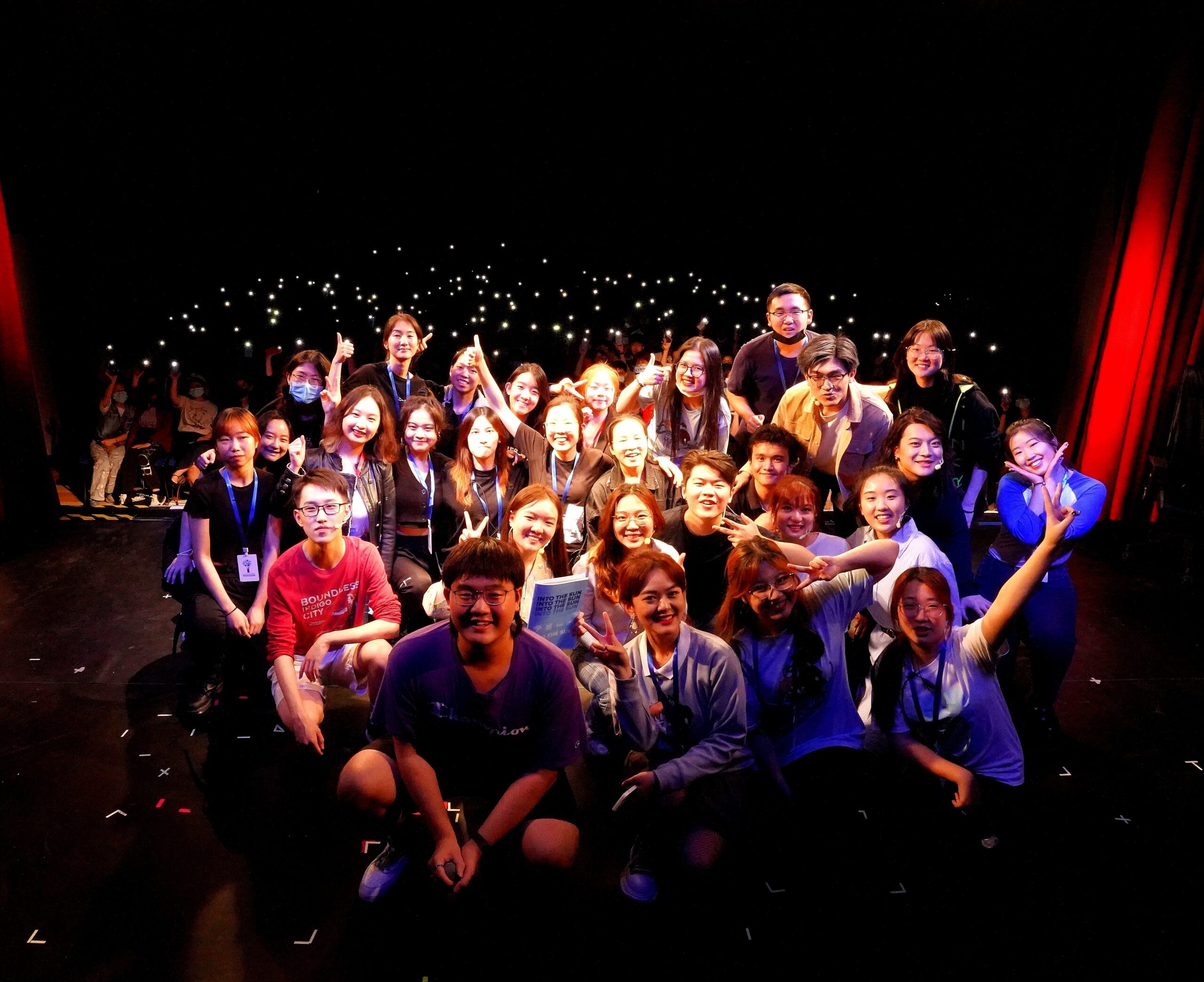
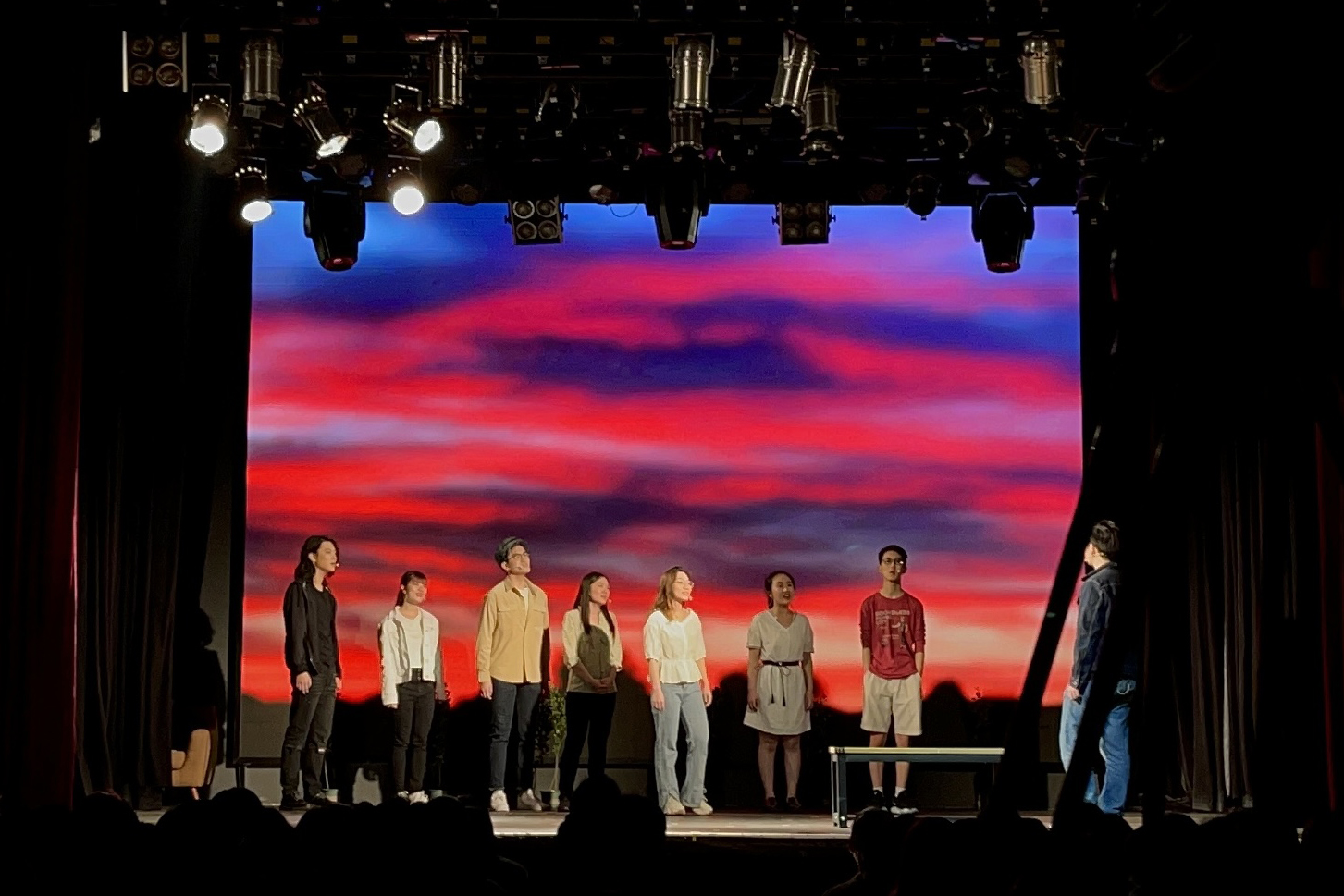
Shanghai also has many amazing tourist attractions to visit. The Bund in Shanghai, a famed waterfront district along the Huangpu River, is celebrated for its historic architecture and panoramic skyline views. It’s a blend of styles, from Art Deco to Neoclassical, reflecting its colonial past. This area is not just a visual treat but also a cultural hub, boasting art venues like the Rockbund Art Museum, which showcases contemporary art in a renovated 1930s building.
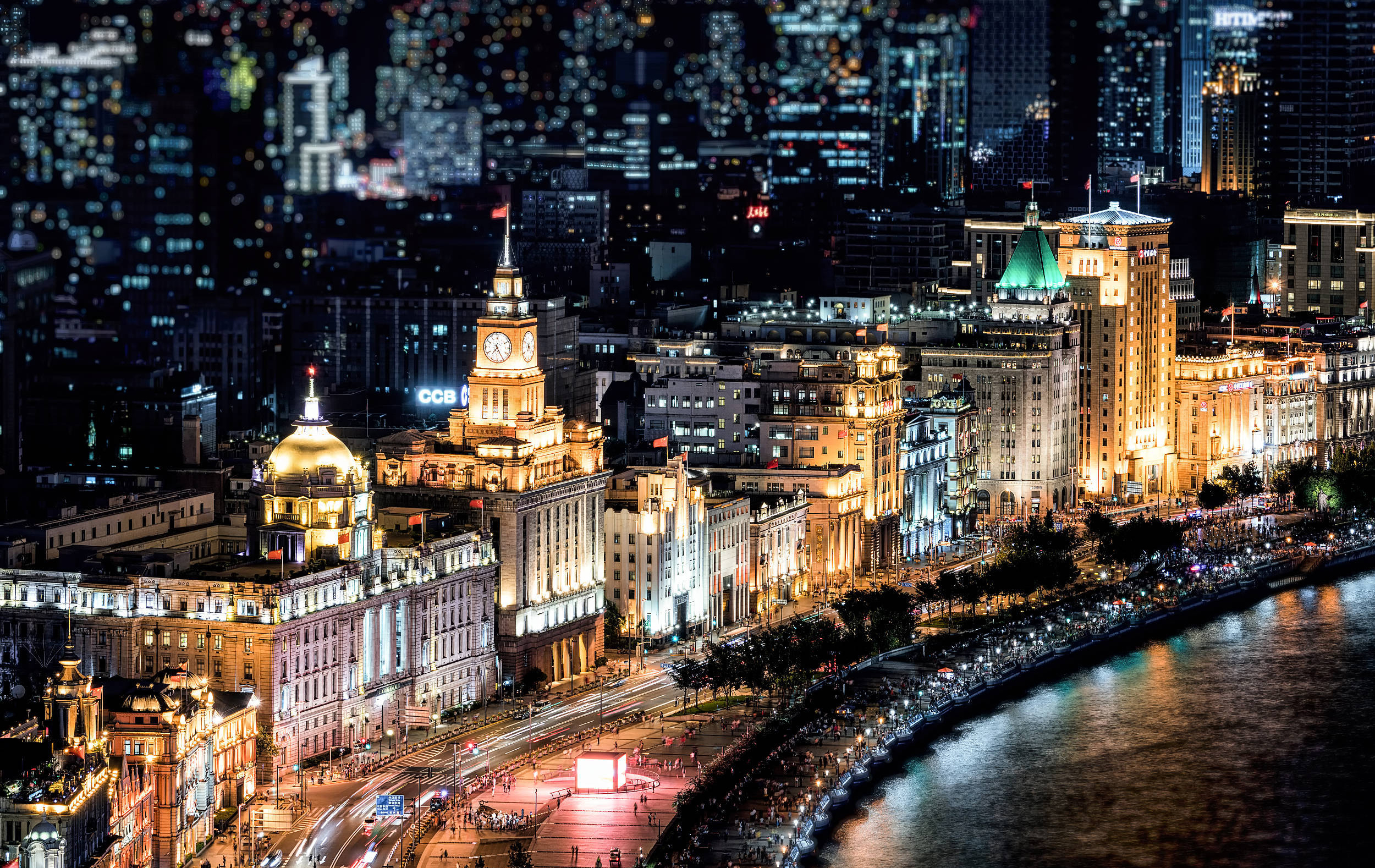
Jing’an Temple and Yu Garden are two iconic landmarks in Shanghai, each offering a unique glimpse into the city’s rich heritage. Jing’an Temple, a serene Buddhist temple with a history dating back over 1,800 years, stands amidst the modern skyscrapers of Jing’an District, offering a peaceful retreat in the heart of the city. In contrast, Yu Garden, located in the Old City, is a classical Chinese garden created in the Ming Dynasty. This garden is famed for its traditional architecture, tranquil ponds, and vibrant bazaars, reflecting old Shanghai’s historical and cultural essence.
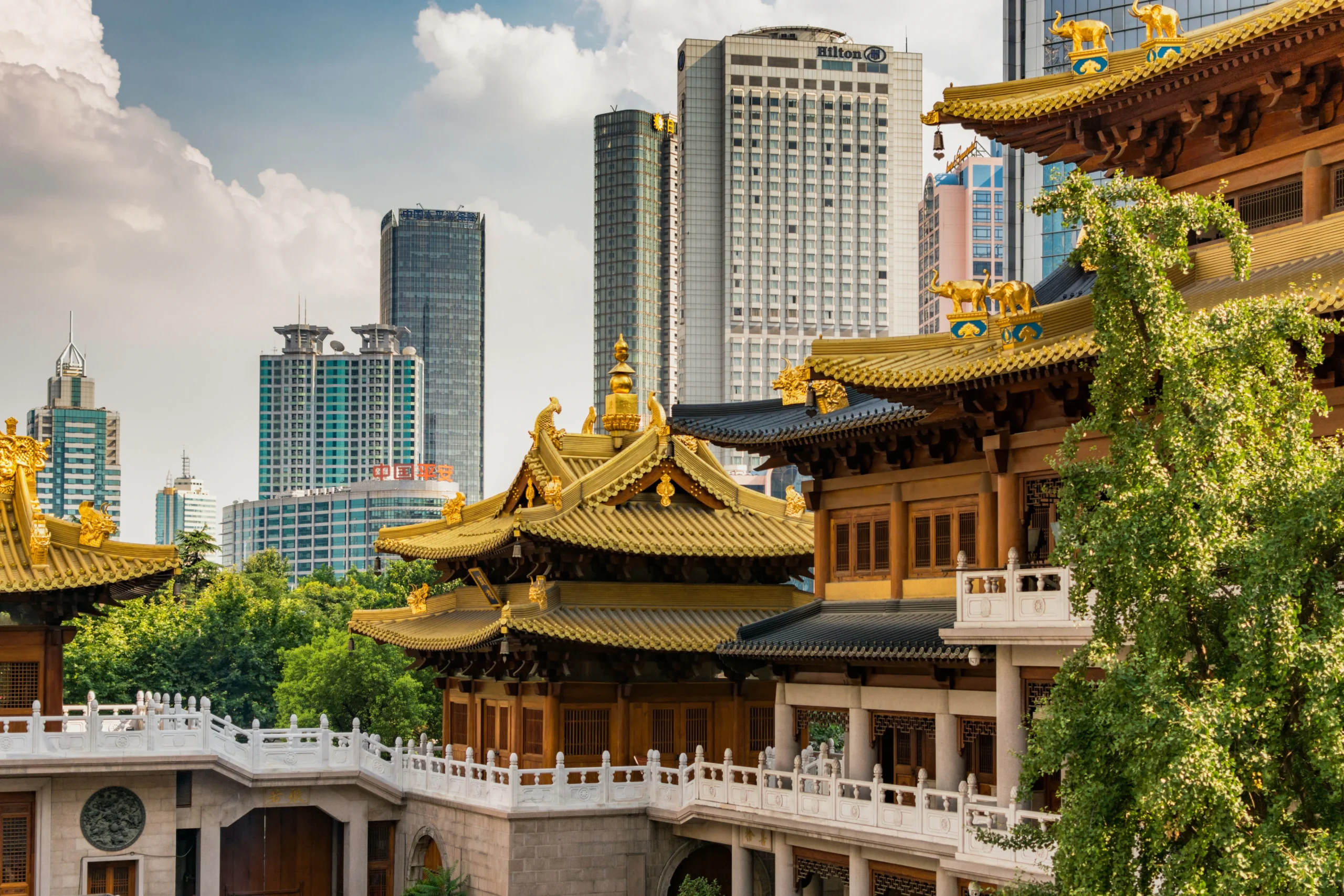
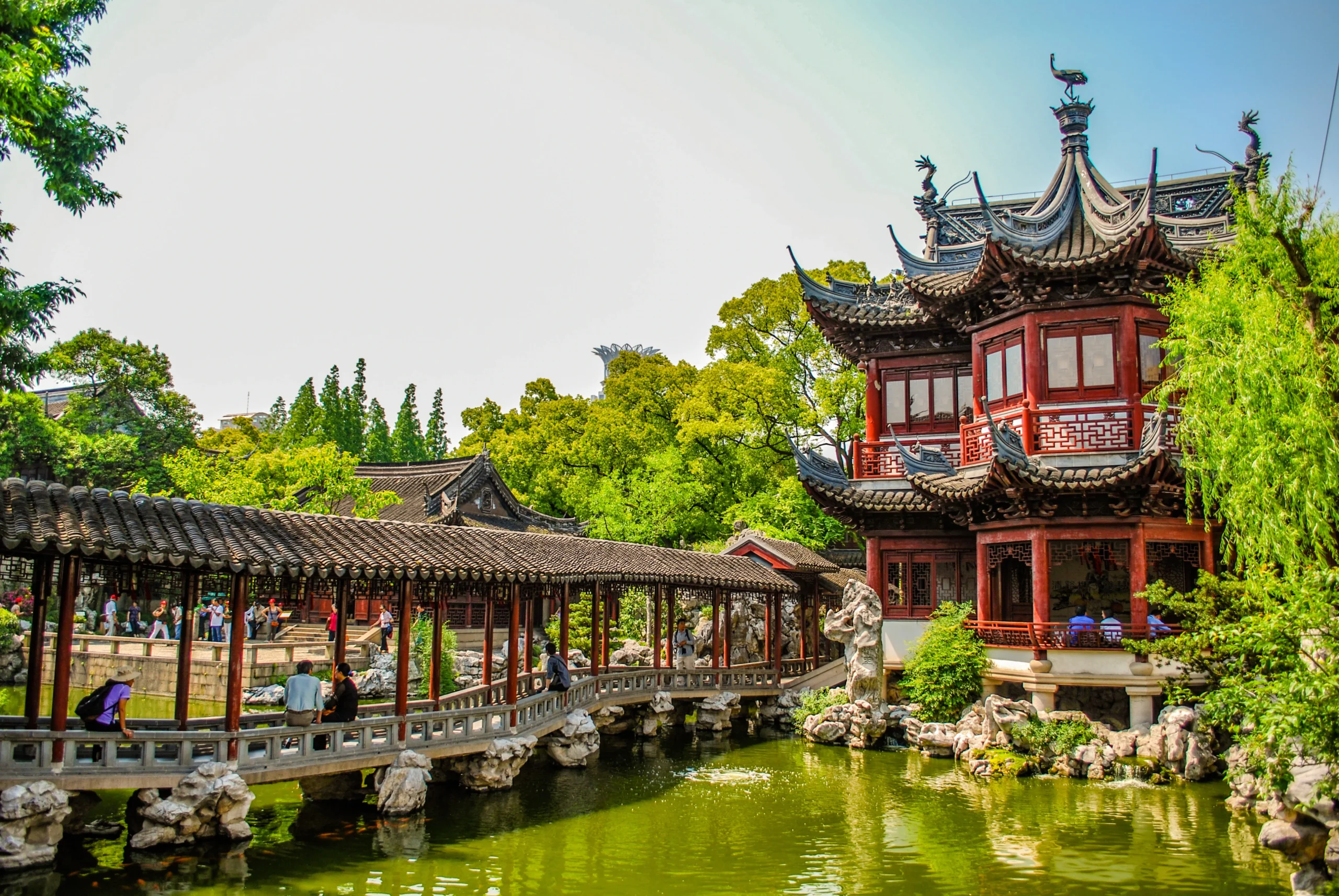
The Oriental Pearl Tower is a striking landmark in Shanghai’s Pudong district. This futuristic TV and radio tower, one of the tallest in the world, is recognized for its unique architectural design featuring two large spheres offering panoramic views of Shanghai. Every year in May, the tower lights up in violet in a special tribute to the graduating seniors of NYU Shanghai, adding a vibrant touch to the city’s nightscape and marking a significant celebration for the university’s community.
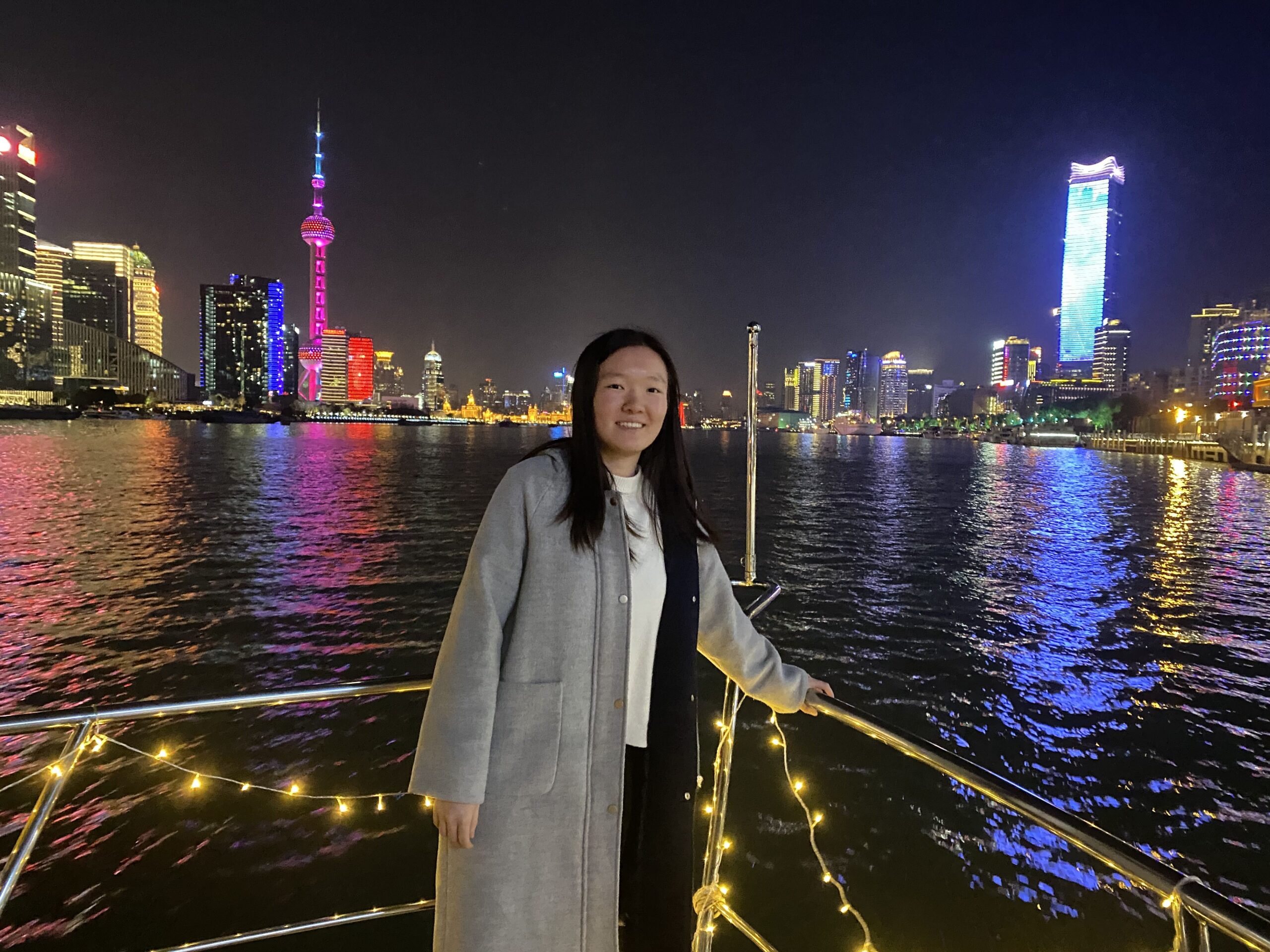

Xintiandi, located in the heart of Shanghai, is a stylish and bustling district renowned for its blend of historical and modern elements. This area, characterized by its traditional Shikumen houses transformed into a lively entertainment and shopping zone, perfectly encapsulates the fusion of old and new Shanghai. Xintiandi is a popular destination for both locals and tourists, known for its excellent brunch spots, and a diverse array of dining options, including both Western and Chinese cuisine.


Nanjing Road is one of the world’s busiest shopping streets. This street is divided into two main sections: Nanjing Road East, known for its historic shops, and Nanjing Road West, renowned for luxury brands and upscale stores. Lined with a myriad of shops, department stores, restaurants, and street vendors, Nanjing Road is illuminated by bright neon lights and offers a unique shopping and cultural experience.
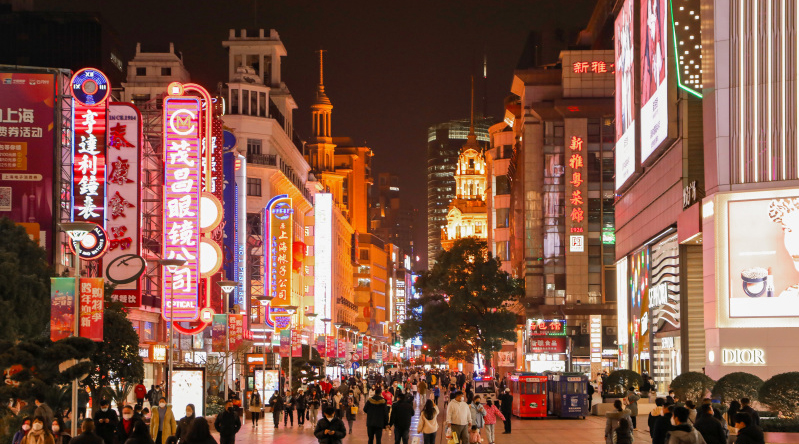
Happy Valley and Shanghai Disneyland are two standout amusement parks in Shanghai. Happy Valley appeals to thrill-seekers with its exhilarating roller coasters. Shanghai Disneyland brings the enchantment of Disney.
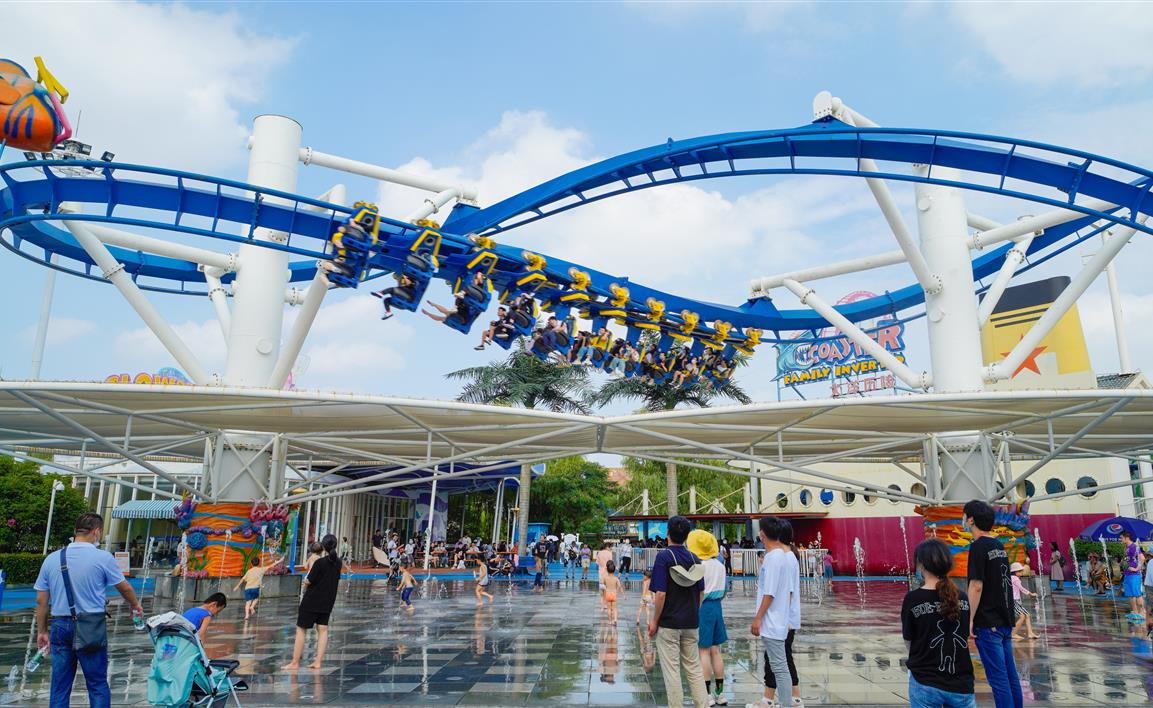
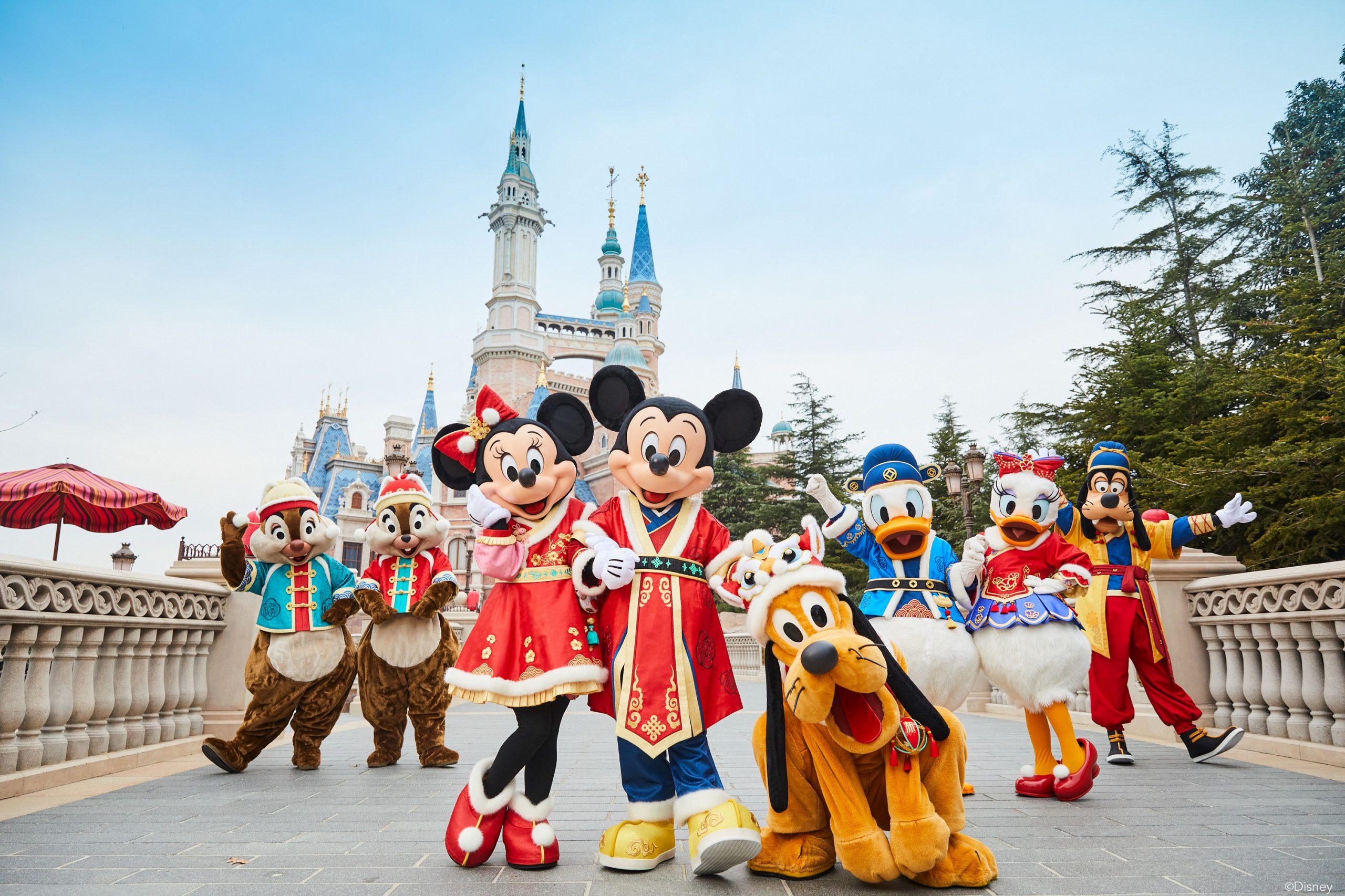
In Shanghai, using Alipay and WeChat Pay for transactions is straightforward and widely accepted, including at vendors, subway, buses, and taxis. Simply open the app, select the payment option, and scan the QR code provided by the merchant or at the transit station’s ticketing system.
To call a taxi in Shanghai, you can use the Baidu Map and Gaode Map. After entering your destination, the app will match you with a nearby driver. Baidu Map and Gaode Map are the go-to apps for navigation around the city, with real-time traffic updates and public transport routes.
For online shopping, Taobao and JD.com are the most popular platforms. After creating an account, you can browse items, place orders, and often enjoy next-day delivery services.
For food deliveries, Ele.me and Meituan are the top choices. These apps provide access to a wide range of restaurants and food outlets. You can easily browse menus, place orders, and track deliveries in real-time. The food will arrive at your doorstep within 30 minutes.
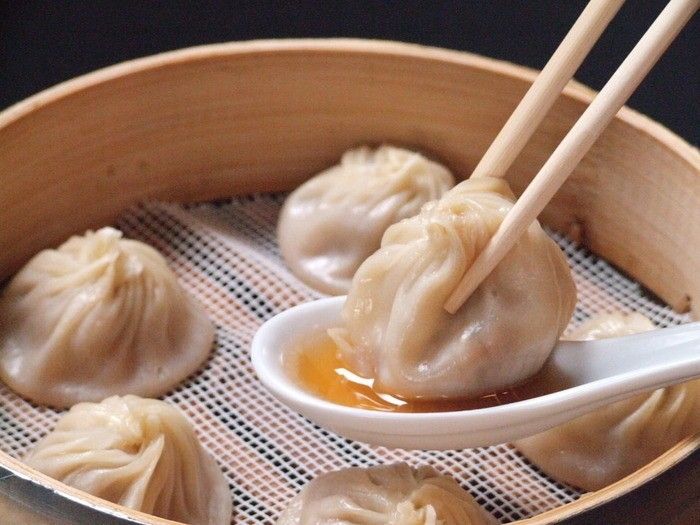

The famous local food in Shanghai includes Soup Dumplings, which are delicate steamed buns filled with meat and savory broth, eaten with a dash of ginger-infused vinegar. Pan-fried dumplings and buns are also popular with crispy bottoms. Shanghai Crab is a seasonal delicacy during autumn. These crabs are steamed for their sweet meat and creamy roe.

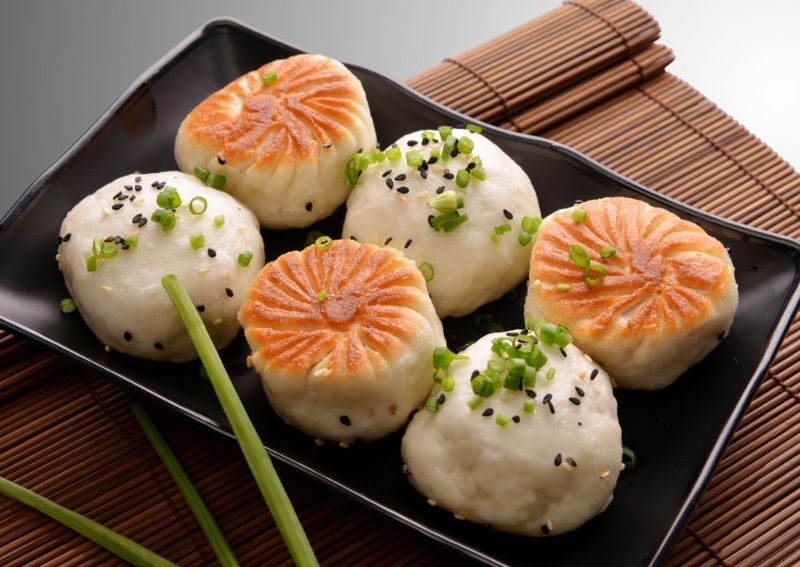
Click here for a thorough 3D virtual tour of Shanghai’s famous spots!
This unique blend of academic excellence and cultural immersion in one of the world’s most dynamic cities is an opportunity I wholeheartedly recommend. Whether you’re considering becoming a full-time student or exploring a study away program, NYU Shanghai is an ideal setting to expand your horizons.
